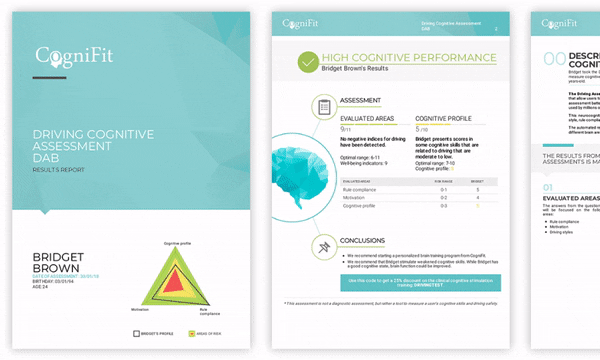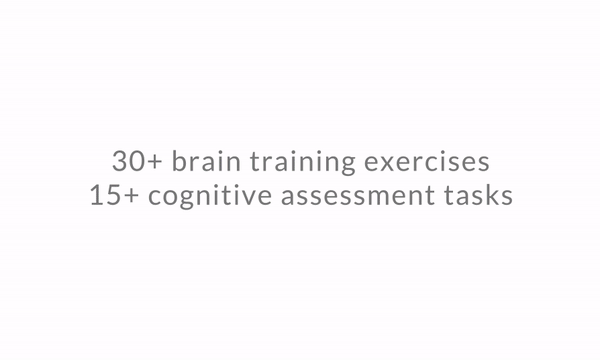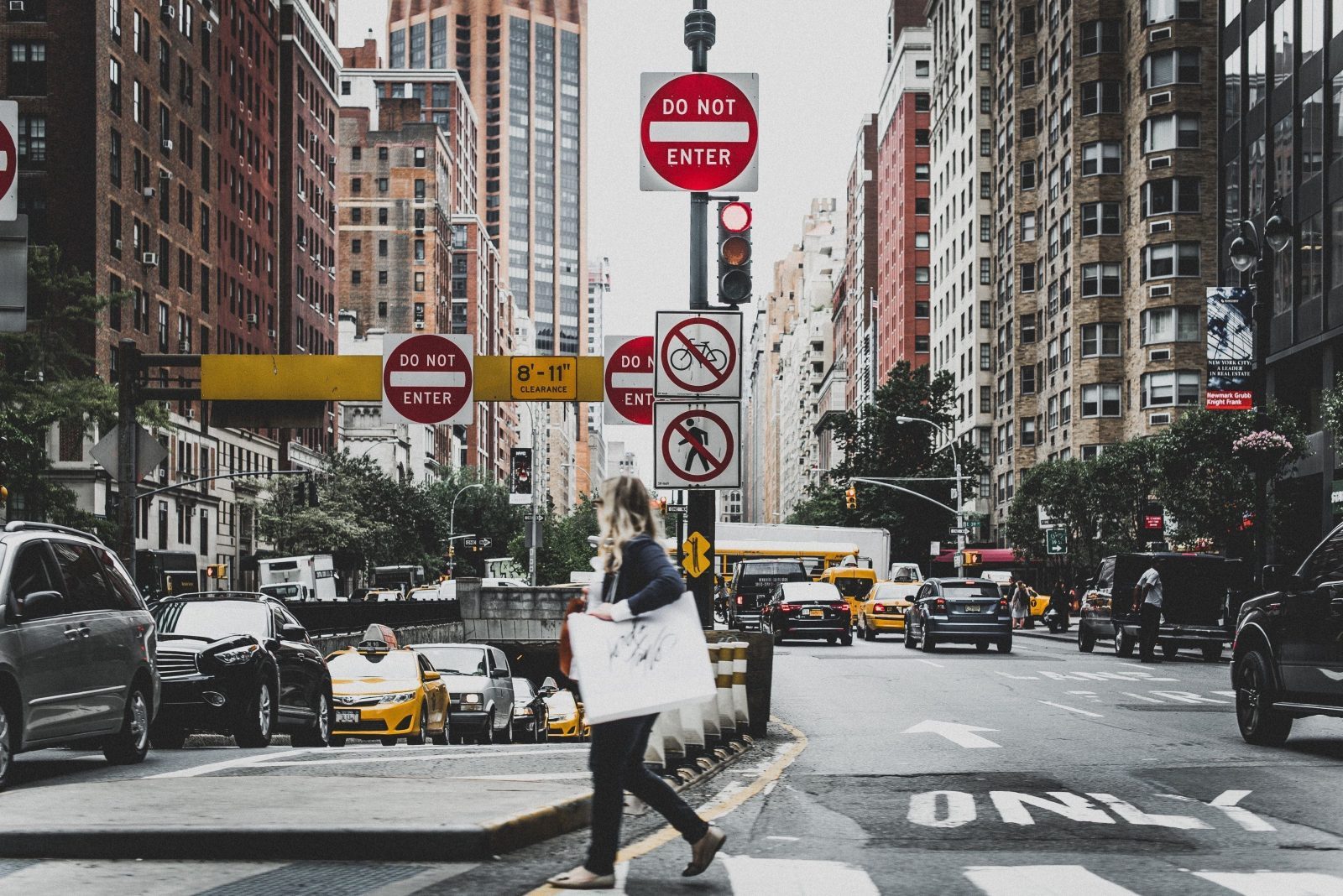
Learning to Drive: Guide To Mastering This Skill
Most of us had to learn how to drive- albeit at different ages under different circumstances such as snow and ice or extreme heat in a car without air conditioning. Some of us learn to drive on the right side of the road while others on the left side. What is learning to drive? How does learning to drive affect our brains and what do they look like while learning to drive? What are the cognitive skills used in learning to drive? Is learning to drive good or bad for the brain?

Learning to drive
Learning to Drive
Learning to drive is defined as the process that the brain and body go through in order to properly be able to control and use a car or motor vehicle. When learning to drive, our brains have to become fluent in multitasking as well as always staying focused on the road- even if there are others in the car or if there are distractions. Depending on the type of car, our bodies have to learn how to switch between the clutch and the brake as well as have the other foot on the gas. Or, in other cases, our right foot does all the work while our left doesn’t- how does that affect the brain? Find out below.

CogniFit Driving Test: Cognitive Assessment Battery. Evaluates the cognitive processes and abilities involved and needed in driving.
How does learning to drive affect our brain?
The Brilliant Brains of London Cabbies
Each cab driver in London has to have “The Knowledge” of over 25,000 streets, landmarks, and places. The learning process itself can take between 3-4 years with a test at the end, the Knowledge of London Examination System, that take an average of 12 attempts to pass. This whole process that the cabbies go through has been shown to affect memory, create a greater volume of nerve cells in the hippocampus, and cause a structural change in the brain. Researchers took three groups: those who never trained (control group), those who trained but didn’t pass the driving cabbie test, and those that passed and trained. They found that people who passed the test had an increase in gray matter (the substance where processing takes place in the brain). Those who failed the test or never learned it at all had no changes to their brain structure. In memory tasks, both groups who took the test were better than the control group in remembering London landmarks. However, in tasks that didn’t involve London geography, such as recalling visual information, both the control group and the group that failed the test were better than the cabbies that have “The Knowledge”.
Learning to drive: Driving Simulation
Some scientists weren’t satisfied with the British Cabbie study because they wanted to know, “if the experience of navigating London’s complex system of streets change the cabbie’s brains, or did the people with larger hippocampi only succeed in becoming cab drivers?” Scientists took 28 adults and had them play a driving simulation game for 45 minutes. One part of the group, the spatial learning group, practiced going along the same route 20 times. The other group, considered the control group, drove for the same amount of time as the other group but went along 20 different routes. Each groups brains were scanned before and after their 20-minute session. It was found that the group that practiced the same route, the spatial learning group, had an increase in their time and their ability to finish the driving task. They were also able to improve their ability to order a sequence of pictures (random) that were taken by the route they drove continually and were able to draw a 2D map of the route. The spatial learning group also showed, unlike the control group, changes in brain structure in the hippocampus in the left posterior dentate gyrus. They improved their functional connectivity, the synchronization of activity, between the left posterior dentate gyrus and other cortical areas of the brain responsible for spatial cognition. The researchers concluded that the amount of structural change is directly related to the amount of behavioral improvement that people show on a task.
Cognitive skills used in learning to drive
- Attention– there are two types of attention used when driving: divided attention and focused attention. Divided attention is the ability we have to pay attention to more than one activity at a time (thus, our attention is divided between things). Focused attention is our ability to focus our attention on one thing, regardless of how long it takes.
- Memory– Our short-term visual memory is the ability we have to retain and keep a small amount of visual information (words, letters, signs, etc.) in our minds. When we drive, our short-term visual memory helps us to be able to retain the traffic signs, surrounding cars, and visual info we receive when driving. It also helps us to know where the cars around us are when we stop looking in the mirrors because we can picture them in our minds… but you probably won’t remember that red car in your blind spot that you spotted for 2 seconds during the morning commute at dinner tonight.
- Coordination– Our response time is essential when driving because it is the ability we have to perceive and receive stimuli and respond to it quickly and efficiently. For example, you’re driving a car and a dog runs into the road. When we perceive the dog in the road, our natural response would be to brake and carry out the action. Carrying out the action is our response time. Some people take longer than others between perceiving the dog in the road and braking… it’s all in the brain. Our hand-eye coordination is something we learn as infants and is the ability to perform activities in which we use both the eyes and hands at the same time. When driving, we constantly use the ocular-motor coordination because our direct movements with the steering wheel depending on the visual information that our brains perceive around us.
- Perception– When we drive, we need to be able to estimate and doing visual scans. Estimating is essential because when we want to pass or take over a car, we need to be able to properly calculate the speed of traffic. If we can’t estimate well while driving, we’ll probably get in an accident. Visual scans are important because when driving, we are constantly looking at the road. By doing so, our brains are taking in visual information about traffic signs, cars, and road imperfections such as potholes. Poor eyesight and visual scanning can cause us to fail to see the world around us currently.
- Reasoning– having cognitive flexibility (the ability to adapt our behavior and think about new situations) is essential when learning to drive and driving in general. When your everyday commute has a detour in it, your cognitive flexibility is able to generate alternative route options that you can take. Our executive functions also play a big role in our reasoning!
All these abilities are measurable and trainable to help maintain neuroplasticity and keep them sharp in the process of learning to drive. CogniFit, as well as other apps, can help train different cognitive skills.

CogniFit Brain Training: Trains and strengthens essential cognitive abilities in an optimal and professional way.
What do our brains look like while learning to drive?
Imagine you’re driving in the car with a friend and the radio is playing. That means that you are listening, talking, watching and paying attention to the road, steering, signaling, and possibly shifting gears while working the clutch at the same time. It doesn’t take a skilled driver to that all of that at the same time, though. It simply takes a person who has a perfectly well functioning brain.
Whether on autopilot or not, your brain is always hard at work while driving. That’s why young drivers can get overwhelmed and driving for long periods of time is exhausting. The temporal lobe and the occipital lobe take in the auditory and visual information that is constantly being fed through our ears and eyes. This information, along with the rest of the sensory information that we are obtaining while driving, is collected and put into “one experience” by the parietal lobe- the part of the brain that is essential for quickly switching focus (important for driving) and judging spatial relationships. All of this information is then collected and sent to your frontal lobe for interpretation as well as decision-making. (Side note: our frontal lobes are what make adolescents differ from adults because an undeveloped frontal lobe can make for poor decision making (which is why it’s the part of the brain that our parents couldn’t wait for us to finish developing). The frontal lobe is considered fully developed at age 25 for both genders. It also has caused a debate in the driving world– should adolescents without a better developed frontal lobe be allowed to drive?) Once a decision is made from our frontal love, it’s sent to the cerebellum which coordinates our voluntary movement which acts as the command of the frontal lobe.
A summary of the brain while driving process: the temporal, occipital, and parietal lobes receive information while the frontal lobe perceives and judges the best course of action, of which the cerebellum acts out… all at one time and while you’re in control of a one-ton vehicle.

Learning to drive
Learning to drive: The brain memory systems
There are two parts of the brain, two memory systems to be exact, that are used in learning to drive. The declarative system and the implicit memory system. The Declarative System is our active memory center/conscious brain system and is used to make decisions about everything from what you will eat for dinner to how you will walk from point A to point B. It’s essentially a map of information in our head which has all sorts of maps. It knows our family tree (which can be looked at as a type of map) as well as having a map of geographic locations in your head. That’s how when you’re driving, your brain knows to take a left on First Street, go X amount of length, and then turn right on 13th Street -especially after you learned to drive and your brain knows where the car is headed. We try to use the information we know and the information we don’t know. For example, we use visual clues that are in your “brain map” to ask questions such as, “Where is Third Street?” From that, your brain is able to infer which route would be the most logical to take. The declarative system is also used when we are using a GPS and watching for the highway exit 14 which comes up in one mile. You also use the declarative system when you’re lost and trying to figure out where you are. When we are learning to drive, our declarative system gets worked a lot because we are learning how to use it with a car, or whatever we may be driving, involved.
The implicit memory system, also known as the habitual memory system, forges and binds its memories together mostly by doing. The implicit memory system is why you can turn right or left, brake or switch gears, and ride a bike without thinking about it too much… you just do it. Why? It’s a habitual system. It’s the subconscious that takes over, on its own, once we have the habit down. However, it’s more than simply muscle memory because, after while, the habitual system learns to also handle a whole other lot of common on the road. For instance, complex things such as changing lanes or simple things such as knowing that green means go and red means stop. While it’s interactive, it’s actions are done completely unconsciously. For example, you can look in the mirror and see that it’s clear, but check your blind stop and it’s not, so you pause before switching lanes.

Learning to drive
When you drive a route daily or rather often, your brain locks onto that path and puts it in the habitual system. This then frees up the declarative system to be able to do all sorts of other things rather than worry about driving such as getting lost in thought while driving in long stretches- essentially, getting used to a certain pathway allows your brain to go on autopilot. This is also why we can think, talk, and drive at the same time. Our declarative system can work on other things while the habitual system, in its implicit way, works on remembering how to do everything from driving the car to being able to remember how to get where you’re going.
In general, the brain favors the implicit/habitual system when it’s available. How do we know that? Have you ever gone to meet up with friends at a bar or restaurant and the first part of the drive to the restaurant is the same as the one you take to work or school? While you’re driving, your mind drifts off into thought about all sorts of things and then suddenly you end up at work or school rather than the restaurant? That’s our brains favoring the habitual system over the declarative system. However, it’s important not to forget that just because our habitual system has taken over doesn’t mean that we should be distracted drivers and take our eyes off the road.
Habitual system favoring or not, our declarative system still remains handy. Which is important when there is an ambulance coming and you have to find the best place and time to safely pull over. Or, when you come upon construction or a detour on your drive and you have to think about the best detour to take in order to get where you’re going.
Your brain learning to drive in new places
When you’re learning to drive in a new place, everything can be unfamiliar. However, it isn’t simply that you get better at navigating that new area. Rather, your brain just got better and more efficient in allocating resources. One study looked at how the brain works when learning to drive in new places by using and looking at brain scans of people who were asked to do a simple, easy visual task twice a day for an entire month. The researchers learned that the participants only needed to pay attention actively the first two days before the task became ingrained. Once the participants got the hang of things, they stopped paying attention completely and other parts of their brain took over. Nevertheless, they still performed the tasks just as well as they did when they were focused the first two days. This is probably because the brain is working to filter out the background noise and anything that might distract from the task at hand.
What does that all mean? By the time you know the new route to drive, your brain can get you there on autopilot. It can do so by keeping you from getting distracted by needless details along the way. It kind of counters itself out because instead of working to plan out the route and get us there, it’s working on keeping everything else out.
Is learning to drive good or bad for the brain?
Learning to drive is incredibly good for the brain… It makes us smarter! Think about our brains like a car- if we let a car sit for years without turning it on or doing much with it, the car begins to deteriorate and it’s pathways wear and tear. It’s essential that the engine is turned on every once in a while to keep the pathways clean and steady. The same goes for our brains. If we don’t exercise them, they deteriorate.
Learning to drive and driving often keep the brain’s ability to focus sharp. Keeping focus isn’t simple, but it’s something that can always be practiced and improved. Focus is also critical for growing grey matter, connecting our brains neural pathways, and making quick yet good decisions.
Let us know what you think in the comments below!














